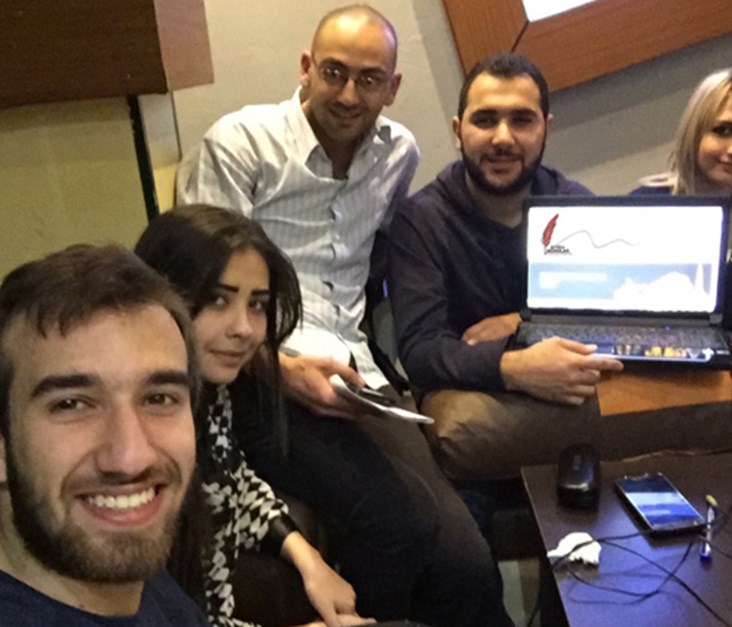Nayla Tueini: An-Nahar Will Be a Primarily Online Newspaper
Back
Since 2012, An-Nahar, one of the leading Arabic newspapers in Lebanon, has embarked on an ambitious digitization strategy. It is the first newspaper in the country to make the shift towards becoming a primarily online publication. This does not augur the end of print newspapers in any way anytime soon, but it does shed light on the fact that there is no more growth possible there.
An-Nahar plans on becoming online-oriented by end-2015. The newspaper envisages growing into a multichannel medium (print, web, social media, mobile, VOD, etc.) rather than becoming a digital-only channel. Naturally, each channel will have its own audience and will focus on a different type of content to accommodate its readers' tastes.
An-Nahar CEO Nayla Tueini was a speaker at ArabNet Beirut 2015 and told us about the newspaper’s new digital ventures.
• How has the content of An-Nahar changed to adapt to different channels?
The content of our online channel is completely different from our print version. From our website (www.annahar.com), you can access the newspaper’s content and you can also get the latest stories covering political, health, sports, economy, and lifestyle news. These categories have evolved into almost autonomous “mini-websites”, something we can’t do with print.
We want to please our audience, no matter the platform, but we need to watch out for our brand. It is necessary to strike a balance between content that generates traffic and different content that adds value.
On one hand, An-Nahar’s legacy is that of a thought leader with an 80-year history we want to preserve and build on. But we are not afraid of change. We understand that being digital requires a young and bold attitude, and we recognize that evolution needs to be initiated carefully so as not to alienate readers or lose our identity. Content in our digital channels is necessarily different in format and form. There is no contradiction between traditional “hard” journalistic content and its new “light” offshoots. They complement each other in terms of diversity and driving traffic. It's no secret we have invested in all types of health content and we are not shy to write about sexual health like western newspapers, but that’s only one type of story out of hundreds
Print is here to stay, but as we move into a digital medium, we are slowly and subtly starting to change the way the information is being presented. An-Nahar’s print newspaper will include handpicked editorial news for a loyal user base, coupled with more analyses, for example, while our online channels will break the news to allow us to remain competitive.
We have achieved our dream of becoming a multichannel news service, and we are always exploring new ideas to see where we can take An-Nahar.
• What are some of the differences between online consumers of An-Nahar and the more traditional offline readers?
When we first initiated our new online strategy in 2012, it created some confusion among our reader base who was used to the print version and the PDF and HTML copies on our website (online since 2002). However, today our channels have matured and acquired almost separate identities. New audiences have emerged and adopted different channels. We expanded our target audience to include more young people, women and, of course, the online community at large.
When it comes to readers' behavior, online readers mostly look for shorter, quick news delivered in real time. We also notice that internationally trending stories are more likely to engage online readers, as opposed to local social or political news. However, these users will also enjoy longer articles if they are well written and original.
Find out how An-Nahar leverages social media to drive traffic to its online channels in our upcoming Summer issue of ArabNet Quarterly.
See related: Look at the World of News Aggregation through the Eyes of Livestation
Latest Business
Intelligence Report














